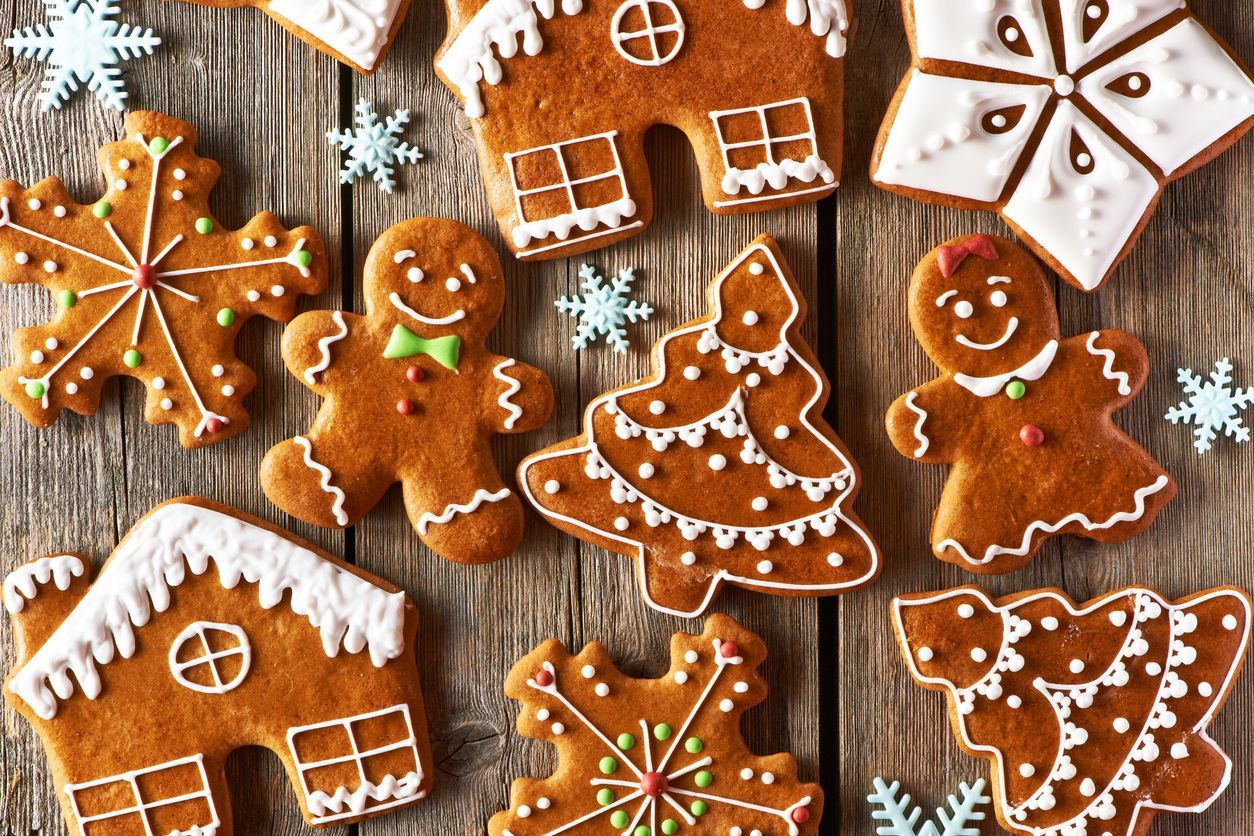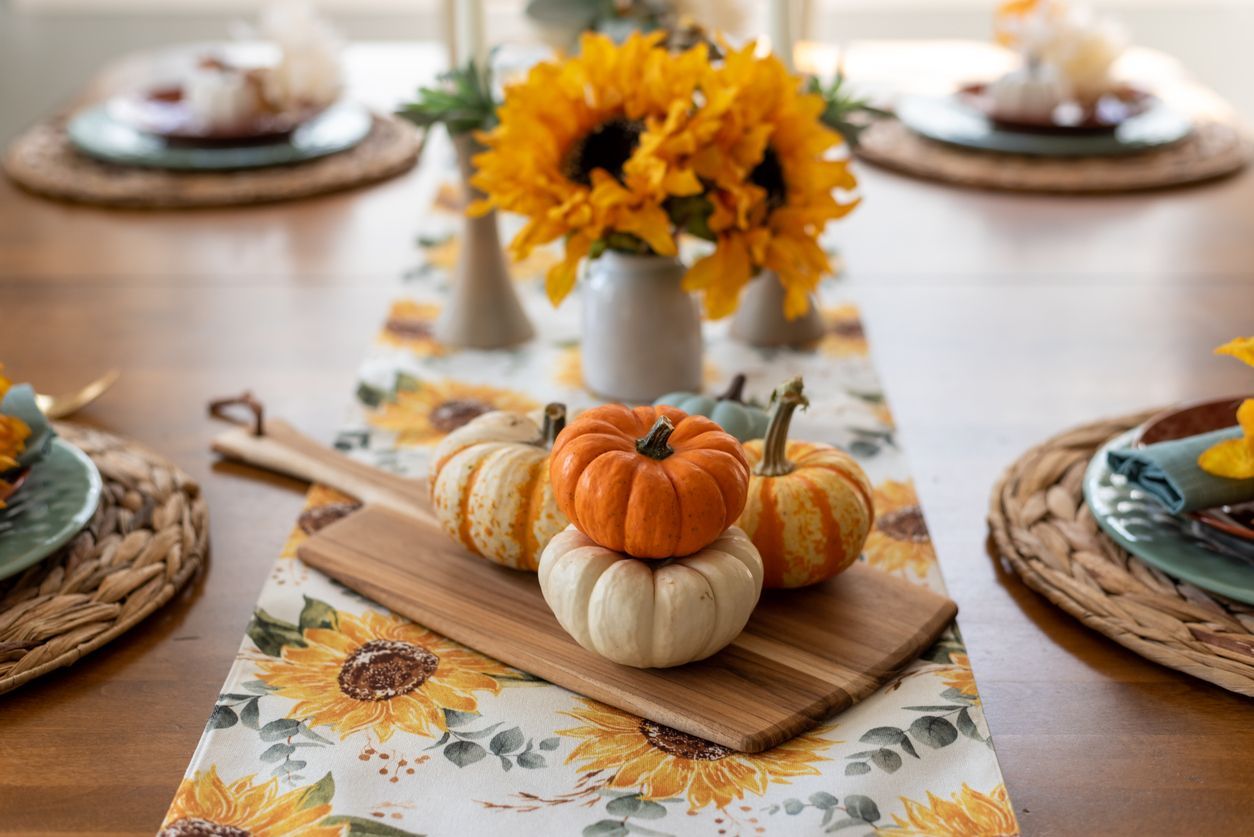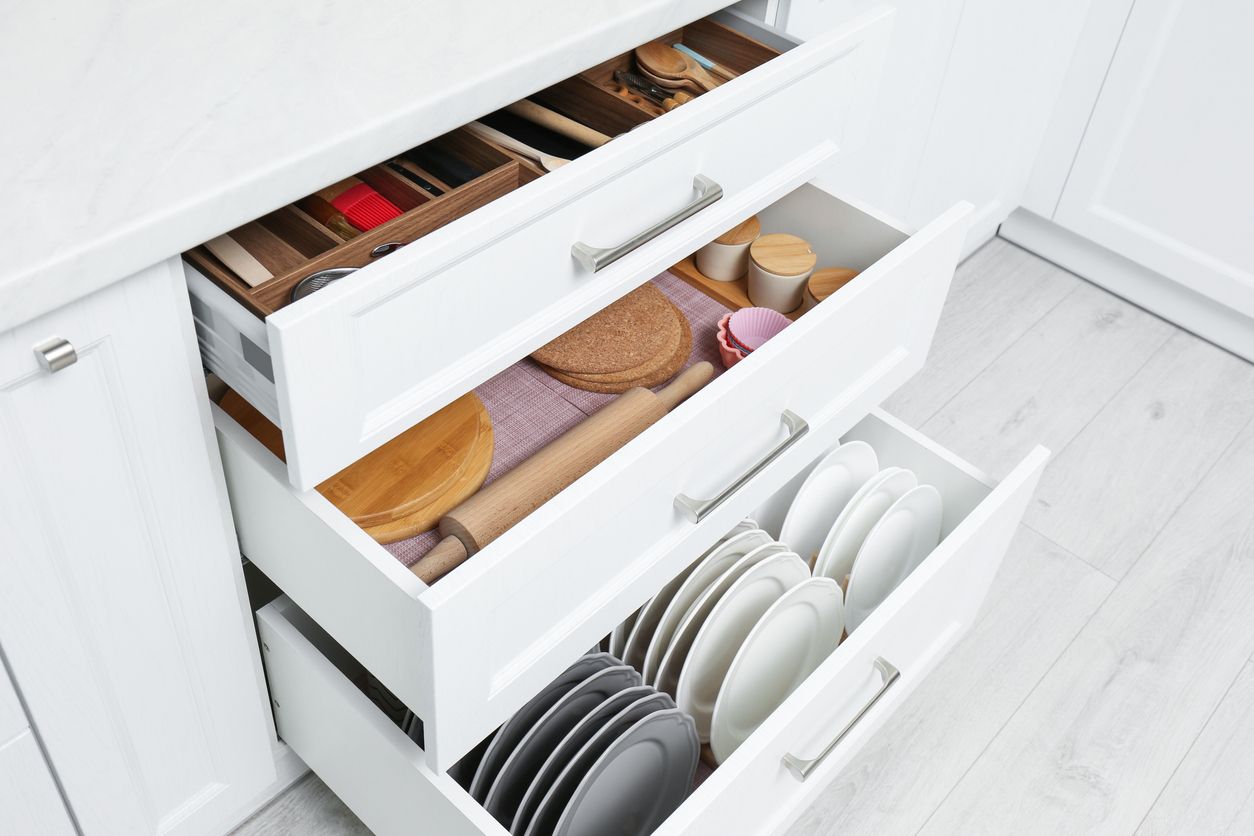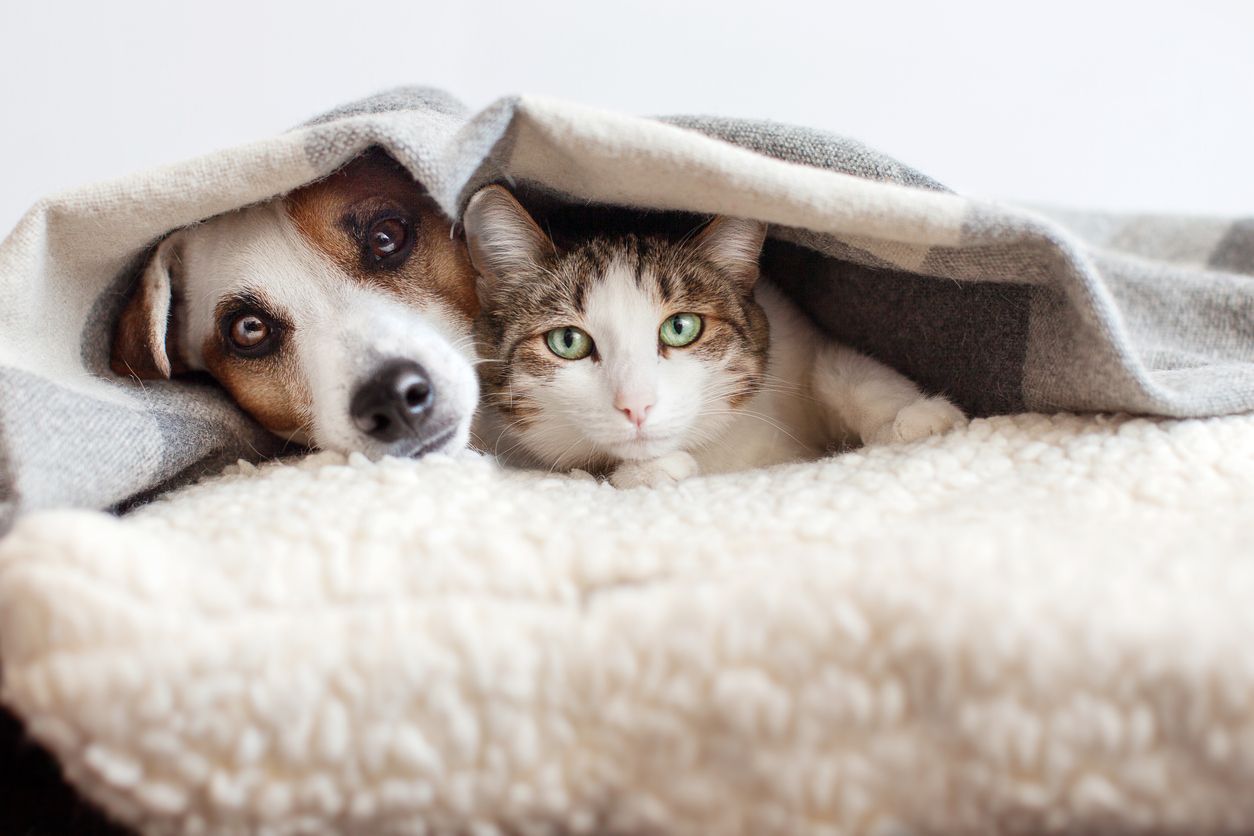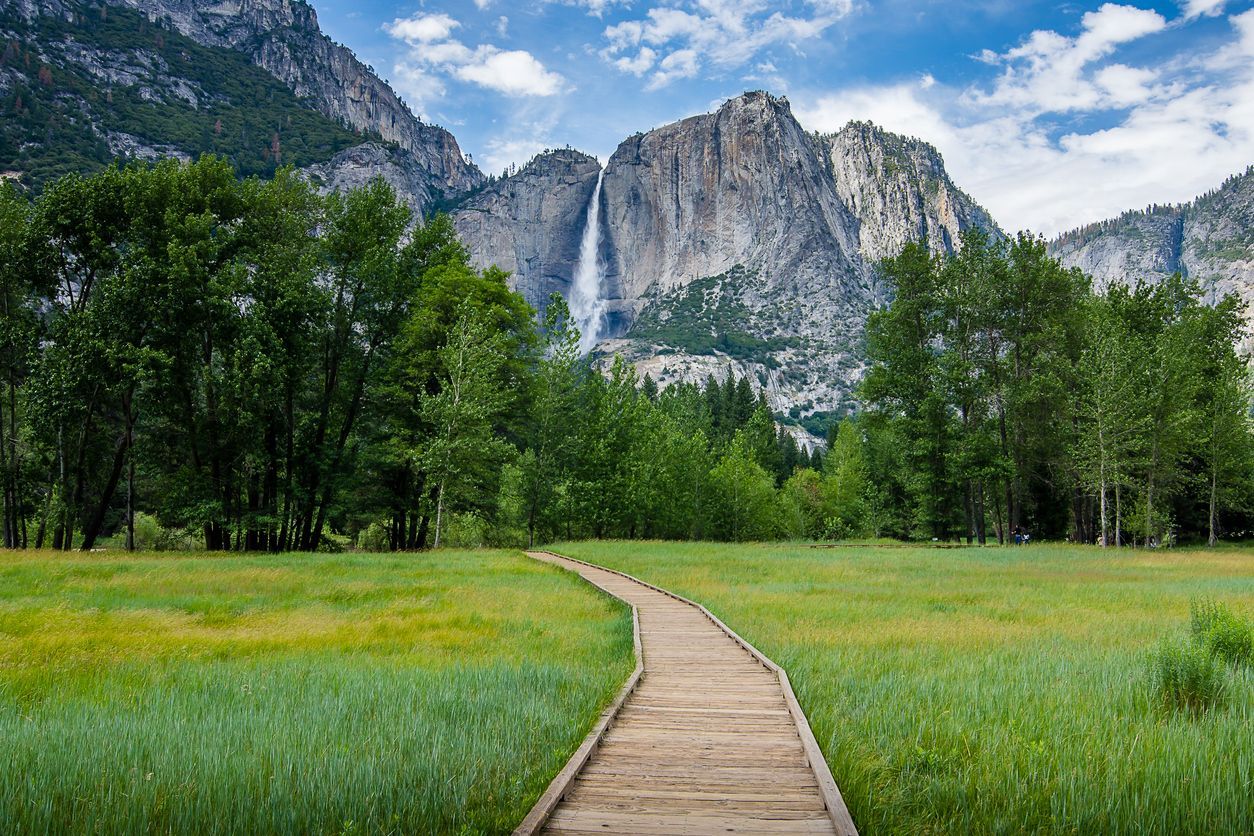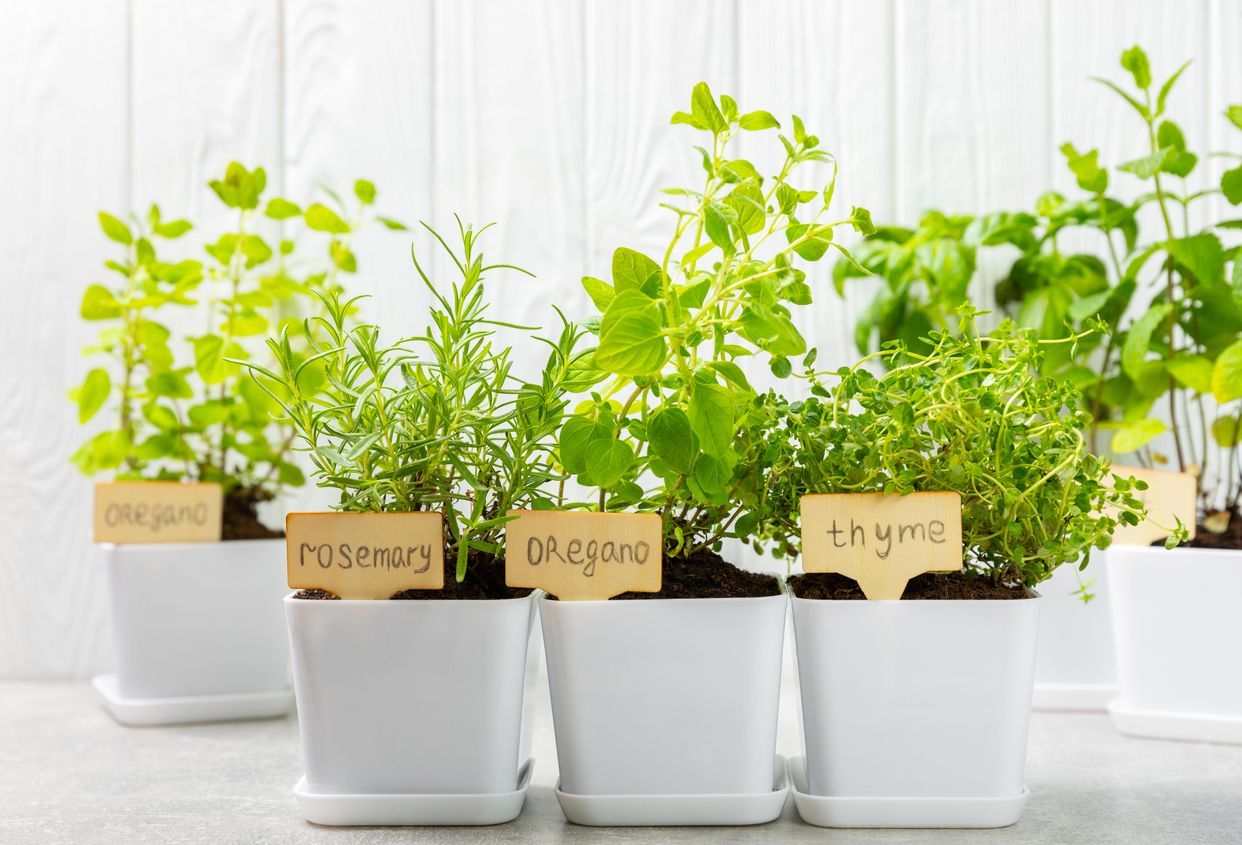The Importance Of Water Conservation: Simple Steps To Conserve Water And Save Money
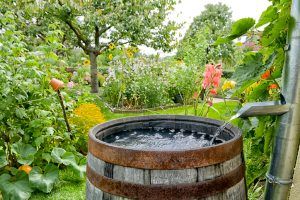
At its regular meeting on Feb. 8 California’s State Water Resources Control Board (SWRBC) voted to maintain drought restrictions, despite unprecedented rainfall in recent days. The decision was met with immediate pushback from many state residents who couldn’t understand the need to conserve water at a time when some are just trying to stay dry amid torrential downpours, mudslides and flash floods.
Republican State Senator Ted Gaines summed up the feelings of many residents:
“This decision is blind to the plain fact seen on every mountain, river and reservoir in the north state. We are flush with water, and they know that, but this lays bare their ‘permanent drought’ plan that will let them limit and control water use forever to meet their environmentalist agenda.”
It’s No Progressive Agenda, State Officials Say.
They argued that although water is plentiful now, that could quickly change. As SWRBC Chair Felicia Marcus explained at a hearing in Sacramento last week:
“While we’re certainly well situated compared to past years, we’ve learned that things can change suddenly. Warm rains in the spring or high temperatures can quickly degrade snowpack, even though we have a pretty sturdy snowpack in many places.”
What’s a Citizen to Do?
Nearly all peer-reviewed scientific studies tell us that climate change is real, and that the major cause is human activity. Especially in states which are prone to drought the old maxim, “better to be safe than sorry” just makes good sense.
According to the Environmental Protection Agency, the average American household uses about 400 gallons of water per day. Conserving water might seem a draconian measure to some, but there are actually some simple steps everyone can take to ensure a sustainable supply of clean, fresh water, and save money on your monthly water bill in the process.
Visit your local car wash. It’s always good to support local businesses, and while the water people use at home to wash their cars is lost, car washes recycle their water. Anyone who’s ever washed a car in the driveway knows how much water is wasted, and how much could be conserved.
Conserve electricity. Power plants use thousands of gallons of water for cooling. When you use less electricity, that means power plants use less water, an indirect way to conserve.
Use a bucket before you shower
It takes a while to get the water warm enough to take your daily shower—all the water you use before it’s warm enough to flip the switch isn’t doing any good. Put a bucket under the faucet while the water is warming up. You can use that water later for your plants.
Turn off the water when you’re brushing your teeth. Water comes out of the average faucet at about 2 ½ gallons a minute. If you take 5 minutes to brush your teeth, that’s 12.5 gallons of water. Rinse your toothbrush and turn off the faucet until it’s time to rinse.
Don’t throw away water used for cooking
It takes several gallons of water to boil potatoes or pasta. Instead of pouring it down the drain, save it. After it’s cooled, you can use to water plants or a dry spot on your lawn.
Buy a rain barrel
You can pick up a 55-gallon rain barrel for about $50. Over time, the barrel will fill up. You can use that water for any number of purposes, from watering your lawn to keeping indoor and outdoor plants.
Fix your fixtures and appliances
Older faucets and appliances are notorious water wasters. Replace older faucets and shower heads with newer, more efficient ones, choose a low-flow toilet, and make your next washing machine and dishwasher is one that’s “water sense rated.”
Water outdoor plants in the morning
Because temperatures are lower early in the day, less water is lost through evaporation. Get into the habit of watering before you head to work whenever possible. It’s not a good idea to do your plant watering in the evening, as this can lead to the growth of molds.
Wash the dog outside
When you wash your dog inside, all of that water is wasted. Washing him outside will also water your lawn, and he might just enjoy the experience more. Just be sure you’re not using soap that could harm your lawn or plants.
It’s possible to be a good citizen without major changes to your lifestyle. Although at this moment water conservation might be the last thing on your mind, consider that conditions could quickly change. According to the journal Science Advances, about 4 billion people worldwide already live without access to sufficient clean water for at least one month of each year. Conserving water just makes sense.

